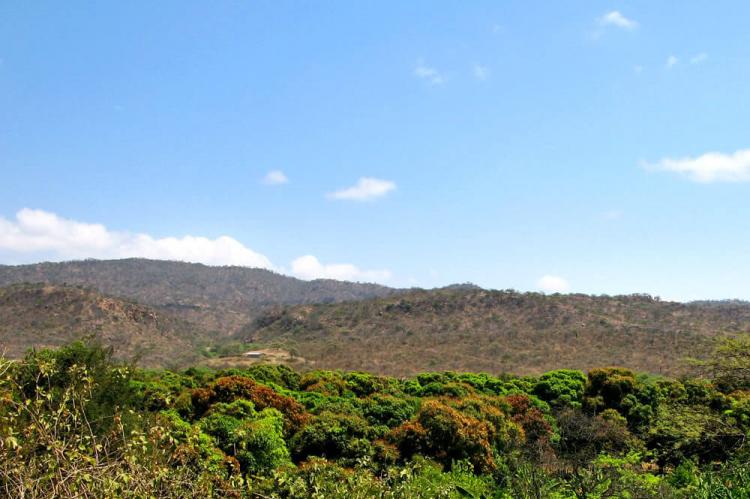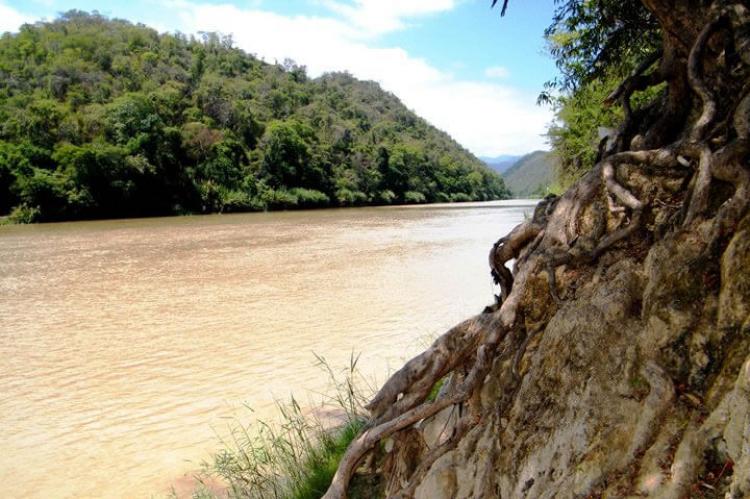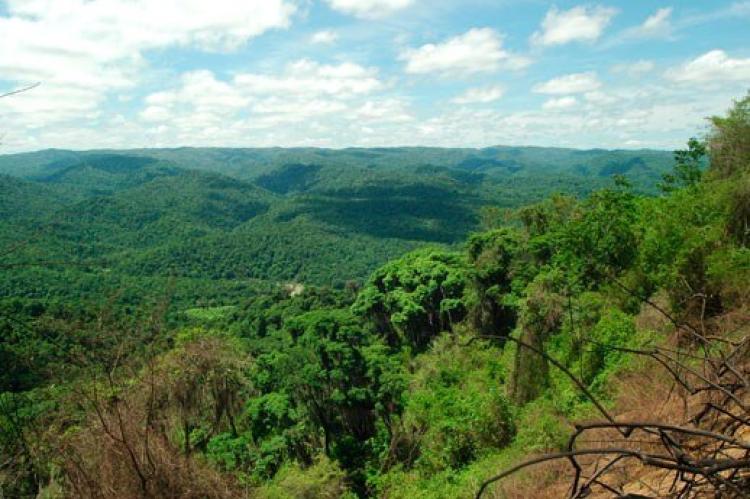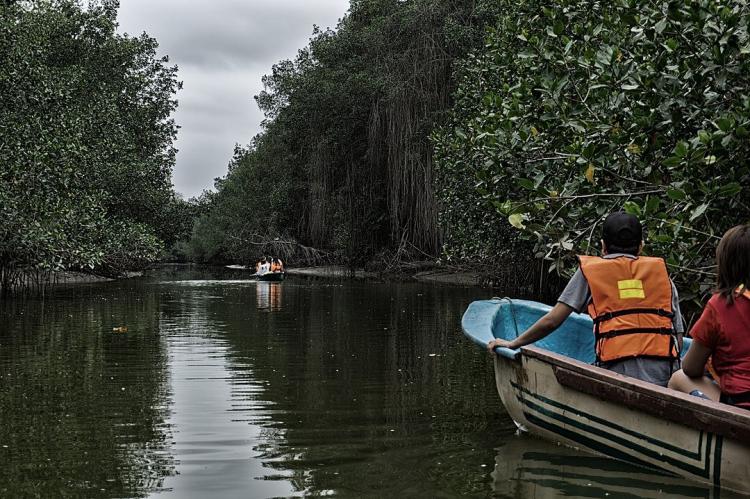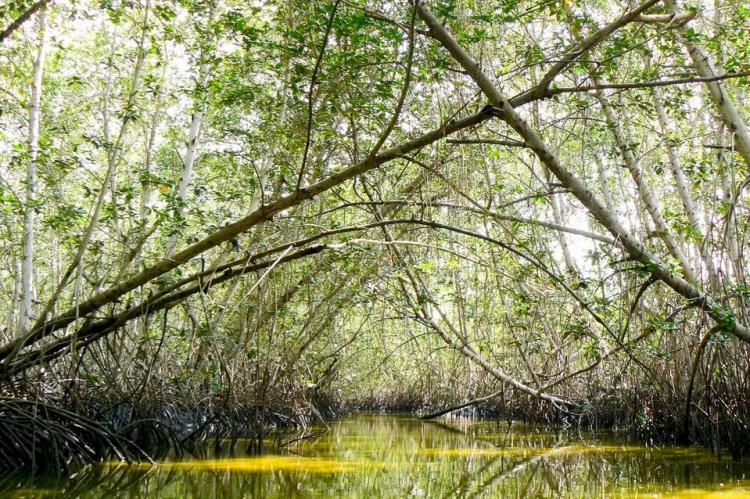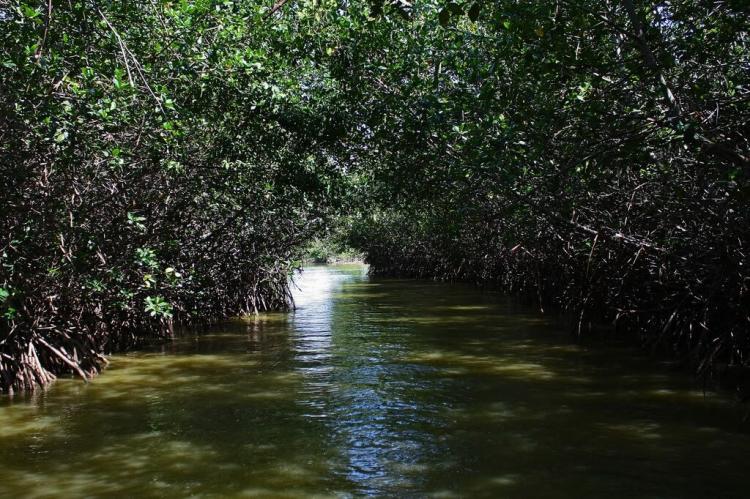Exploring the Noroeste Amotapes-Manglares Biosphere Reserve in Peru
The Noroeste Amotapes-Manglares Biosphere Reserve is located on the northern coast of Peru and covers part of the Ecuadorian dry forest in the tropical Pacific. It includes Cerros de Amotape National Park, Coto de Caza El Angolo (a game reserve), and Tumbes Mangroves Protected Area.
Exploring the Noroeste Amotapes-Manglares Biosphere Reserve in Peru
Nestled along the northern coast of Peru, spanning across the Tumbes and Piura departments, lies the captivating Noroeste Amotapes-Manglares Biosphere Reserve. Covering an area of approximately 27,675 hectares, this reserve is a mosaic of diverse habitats, each contributing to its ecological significance. The Biosphere Reserve also includes Cerros de Amotape National Park, the Coto de Caza El Angolo, and the Manglares de Tumbes National Sanctuary. In 2017, it was merged with the Bosque Seco Biosphere Reserve in Ecuador to form the Bosques de Paz Transboundary Biosphere Reserve, highlighting its regional importance in biodiversity conservation.
Diverse Habitats and Flora
The Noroeste Amotapes-Manglares Biosphere Reserve is characterized by a remarkable diversity of ecosystems, encompassing the Ecuadorian dry forest, tropical Pacific landscapes, and mangrove ecosystems. The relief within the reserve is varied, with formations of matorral, very dry forest, dry and tropical submontane forest, and mangroves of Tumbes. The reserve's vegetation comprises a rich assortment of plant species, including ceibo (Ceiba trichistandra), algarrobo (Prosopis pallida), mangroves (Avicennia and Rhizophora species), and a variety of other endemic and native plants. The mangroves of Tumbes, located within the biosphere reserve, constitute Peru's largest mangrove forest, harboring five species of mangroves and providing critical habitat for numerous aquatic and avian species.
Wildlife Sanctuary
The Noroeste Amotapes-Manglares Biosphere Reserve serves as a sanctuary for a wide array of fauna, including several endangered species. The reserve is home to Crocodylus acutus (American crocodile), Iguana iguana (green iguana), Vultur gryphus (Andean condor), and Burhinus superciliaris (Peruvian thick-knee), among others. Mammals such as Odocoileus virginianus (white-tailed deer), Tayassu tajacu (collared peccary), and Felis concolor (puma) also inhabit the reserve. The protection of these species within the reserve's boundaries is crucial for their survival and conservation.
Protected Areas Within the Reserve
Cerros de Amotape National Park
Cerros de Amotape National Park, spanning across the provinces of Tumbes and Piura, protects a diverse range of ecosystems, including the Cordillera de los Amotapes mountain range and the Tumbes River. Encompassing an area of 151,561 hectares (374,515 acres), the park is characterized by its elevational range, which varies between 120 meters and 1538 meters (400 and 5,000 feet) above sea level. The park is home to a plethora of flora and fauna species, including endemic and endangered ones, making it a hotspot for biodiversity conservation.
Coto de Caza El Angolo (El Angolo Game Reserve)
Coto de Caza El Angolo, located in the region of Piura, spans an area of 65,000 hectares (160,600 acres) and protects the seasonally dry tropical forests, an endangered ecosystem in Peru. The reserve is home to a diverse array of plant species, including angolo, algarrobo, ceibo, and numerous mammal and bird species. The management of game animals, such as the white-tailed deer, is conducted in a sustainable manner within the reserve, contributing to the conservation of biodiversity.
Manglares de Tumbes National Sanctuary
Established in 1988, the Manglares de Tumbes National Sanctuary is located in the region of Tumbes and protects Peru's largest mangrove forest. With an area of 29.72 square kilometers (11.47 square miles), the sanctuary is characterized by its five species of mangroves, including black mangrove, white mangrove, and red mangrove. The sanctuary provides a habitat for numerous bird, fish, and reptile species, making it an essential area for biodiversity conservation in Peru.
Socio-Economic Impact and Conservation Efforts
The Noroeste Amotapes-Manglares Biosphere Reserve plays a vital role in sustaining the livelihoods of local communities while promoting conservation efforts. With over 480 inhabitants engaged in agriculture, cattle raising, and tourism, the reserve generates economic benefits that contribute to the well-being of local residents. Environmental education initiatives and research on natural resources are also integral components of conservation efforts within the reserve, ensuring the preservation of its invaluable natural heritage for future generations.
Conclusion
In the heart of northern Peru, the Noroeste Amotapes-Manglares Biosphere Reserve stands as a beacon of conservation and sustainable development. From its diverse ecosystems to its protected areas, this reserve embodies Peru's commitment to preserving its natural treasures for generations to come.
